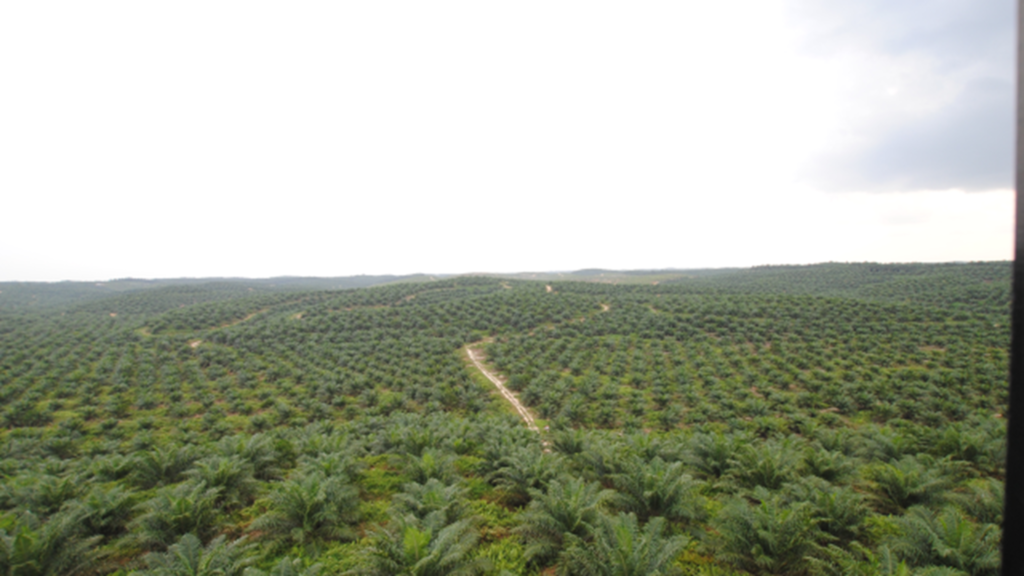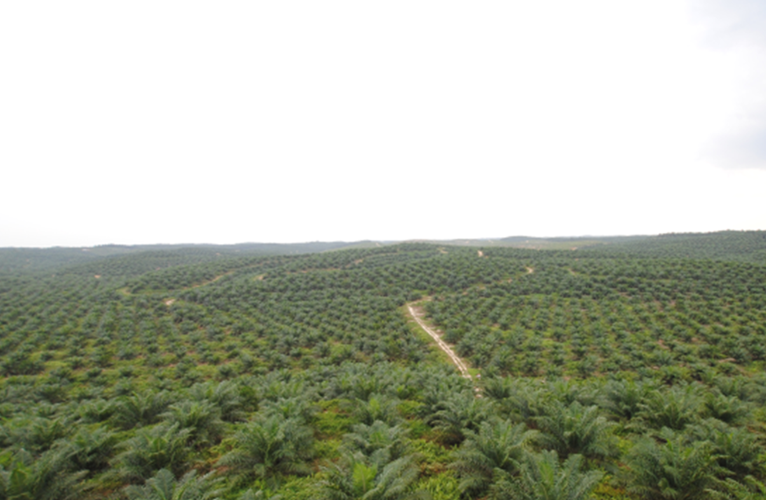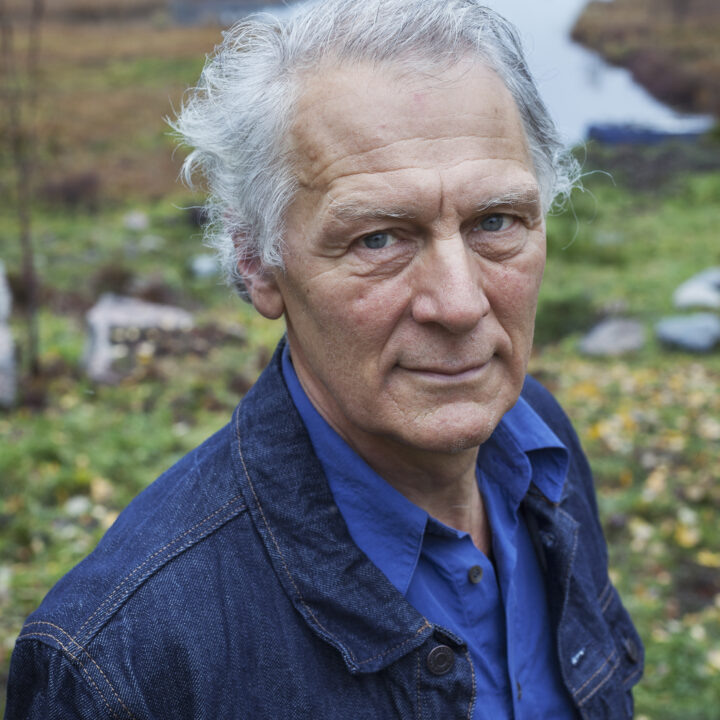In most prevailing sustainability narratives, increased efficiency is a prominent component. It is a prerequisite for the supposed possibility to combine decreasing pressure on natural resources with economic growth. Through improved resource efficiency we can continue to consume as before, without harming the planet, the story goes. That this story is dubious to say the least is ascertained by a massive body of evidence. Rebound effects will in most cases not lead to absolute reduction in resource use.
In this article, I want to take the discussion a step further by discussing how scale impacts resource use, because I believe this has not been sufficiently considered. In a recent paper by Jason Hickel and Giorgios Kallis write:
“Another fundamental reason why efficiency might be coupled with scale is that as we know from biology and ecology, the metabolism of a larger organism, say an elephant, is more efficient than that of a smaller one, say a mouse, but this is because the elephant is bigger… It is true that relative resource or energy decoupling often accompanies the growth of an economy – but this might simply be an artifact of scale.”
An elephant weighs more than 200 000 times than a mouse, but needs only 10,000 times more food per day. An elephant’s metabolism is thus some 20 times more efficient. But clearly the elephant is not better adapted to its environment than the mouse and a mouse is more adaptable to shifting environments than an elephant. In a wider sense, being a mouse is more sustainable than being an elephant, despite its lower metabolic efficiency.
In the following I will continue to discuss energy use. Energy is a powerful proxy for resource use. After all, most energy under human command is used to extract, move or transform resources into things. There are examples of that the use of one resource shrinks despite increasing use of energy, but mostly that is a result of substitution for another resource. By and large there is strong correlation between energy use and use of other natural resources.
Following the mouse and elephant track, I came across The Metabolism of a Human-Dominated Planet (a chapter in the book Is the Planet Full?) wherein Yadvinder Mahli describes the development of human civilization in the framework of societal metabolism, expressed in energetic terms. While hunter-gatherers used just a tiny fraction of the total biome metabolism, agricultural civilizations used between 3-6 percent of the biome metabolism and biomass still supplied almost all energy use. Modern industrial society expanded the metabolism at least four times per person, mainly through the use of fossil fuels. As the population grew at the same time the total metabolic rate of the modern industrial civilization is now some 50 times bigger than during the agricultural civilization. While the share of biomass in the metabolism has been reduced the total use of biomass has increased eightfold.
In terms of energy use each human now use more energy than an elephant. Of course the energy use is not equal for all humans. There is a huge divide between the poor and the rich countries and people. But there is also a giant divide between different trades and industrial sectors. One single large container ship can use 200 ton of diesel per day. With a crew of twenty, this means that the daily use of fossil fuels (and this emissions) per sailor is more than the yearly use of two average Americans. This is probably the most extreme example, but farmers, loggers, truck drivers, miners and construction workers all command energy resources which are very big compared to averages.
Energy use is also very closely linked to the labor efficiency, often called productivity. In most processes, increased labor efficiency is accomplished through the use of technologies of various sorts. All of them are powered by energy resources, one or the other. In many cases, labor efficiency and resource efficiency go hand in hand, when measured per unit produced. When measured per man-hour, things look a different, however.
The modern farmer is incredibly efficient in man-hours per unit of production. When farms get bigger, tractors and combines also get bigger. They have, normally, much higher labor efficiency than smaller machinery. In addition, they are almost always more energy efficient than earlier smaller models. So by and large they result in “saving energy”. This is correct, but only if you limit the analysis to the use of energy per kg produce or per hectare. Meanwhile, energy and resource use per man-hour has increased tremendously. One person can almost single handedly run a 500 hectares of grain farm, but she will use some 50 tons of diesel per year, roughly the same amount of energy needed to power 25 elephants. In addition she uses energy resources embedded in artificial fertilizers, machinery, buildings, roads etc. Essentially the farmer has gone from being a metabolic horse to fifty metabolic elephants. Apart from energy our 50-elephant farmer also use much more steel, water, concrete, ecosystem services and minerals than her predecessor.

Palm oil plantation Riau, Indonesia, photo:Gunnar Rundgren
Does it matter? It certainly does. This is precisely why scale is inherently linked to resource usage.
To understand how and why, we need to expand our analysis from the single farm to the whole economy wherein our gargantuan elephant farmer is operating. The farmers that were left over in the mechanization of farming are now busy in other trades; some have become sailors on a container ship, others industrial workers, nurses or order pickers at Amazon, cogs in the huge metabolic system which we call society. And in most occupations similar economies of scale apply. Increasing efficiency is harder in services which also mean that they do not demand as many resources as manufacturing, but this is also the reason for why scale isn’t so important in services or why services often are organized in franchises or other kind of networks and in decentralized structures. On a system level, one can’t really separate most services from the flow and production of goods as they are part of those flows, which makes the talk of a service economy into a smokescreen, hiding its material basis.
The net result is that the industrial society will, simultaneously, use less resources per unit produced; produce more units per hour worked; and in total increase resource use as we all become obese elephants. A solid link exist between increased labor productivity, increased scale and total resource use in the economy. That would perhaps be fine if we simultaneously reduced our numbers to those of large mammals. But instead, we are approaching the total number of mice on the planet. And I do believe most people will understand that a landscape can support many more mice than elephants.






